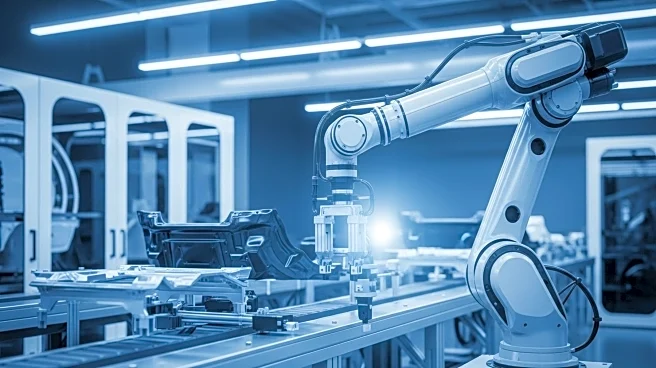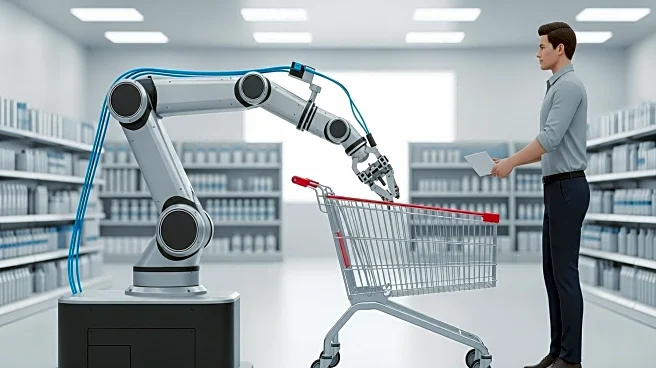What's Happening?
General Motors (GM) has initiated a marketing overhaul centered around artificial intelligence (AI) to redefine its strategy for the next decade. Molly Peck, previously CMO of Buick and GMC, has taken on the role of chief transformation officer to lead this initiative. The new model, announced in June 2024, involves bringing strategy, insights, and data in-house while continuing to outsource brand ideas to creative agencies. This approach aims to take greater ownership of GM's brands, data, vision, and strategy, with AI playing a central role in driving the transformation.
Why It's Important?
GM's focus on AI in its marketing strategy is crucial as it seeks to enhance its competitive edge in the automotive industry. By integrating AI, GM aims to improve its content strategy and agency relationships, leading to more efficient and targeted marketing efforts. The transformation reflects a broader industry trend where companies are increasingly leveraging AI to optimize operations and drive innovation. GM's initiative is expected to result in better brand management and customer engagement, which are vital for maintaining market leadership.
What's Next?
As GM continues to implement its AI-driven marketing strategy, the company is likely to explore further integration of AI across other business functions. The transformation may lead to new partnerships with technology providers and creative agencies to enhance AI capabilities. GM's focus on AI could also influence other automotive companies to adopt similar strategies, potentially reshaping the industry's approach to marketing and customer engagement.
Beyond the Headlines
The use of AI in marketing raises questions about data privacy and the ethical implications of AI-driven decision-making. As GM takes greater ownership of its data, there is a need to ensure responsible use and protection of customer information. The transformation also highlights the cultural shift within GM as it embraces technology to drive innovation, which could lead to changes in organizational structure and employee roles.










